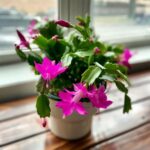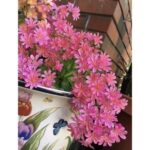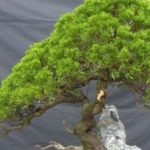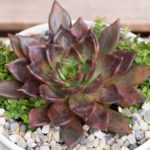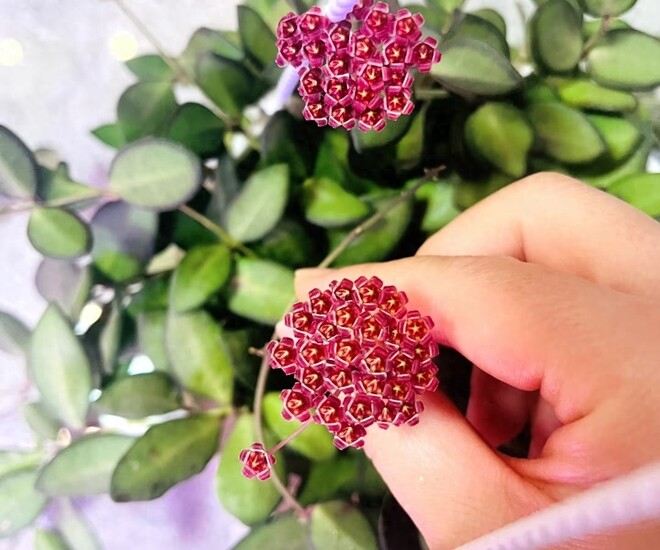
The Hoya Tsangii, or the Waxvine Tsang, is a succulent, evergreen perennial with a vigorous growth habit. It is a fast-growing, free-branching climber that makes an excellent hanging plant, with branches that can reach up to 2 meters in length, creating a graceful, cascading effect.
Its leaves are produced in pairs, thick, fleshy, and glossy, providing a refreshing appearance. This plant is not fussy about its potting conditions and does not take up much space, making it ideal for indoor settings.
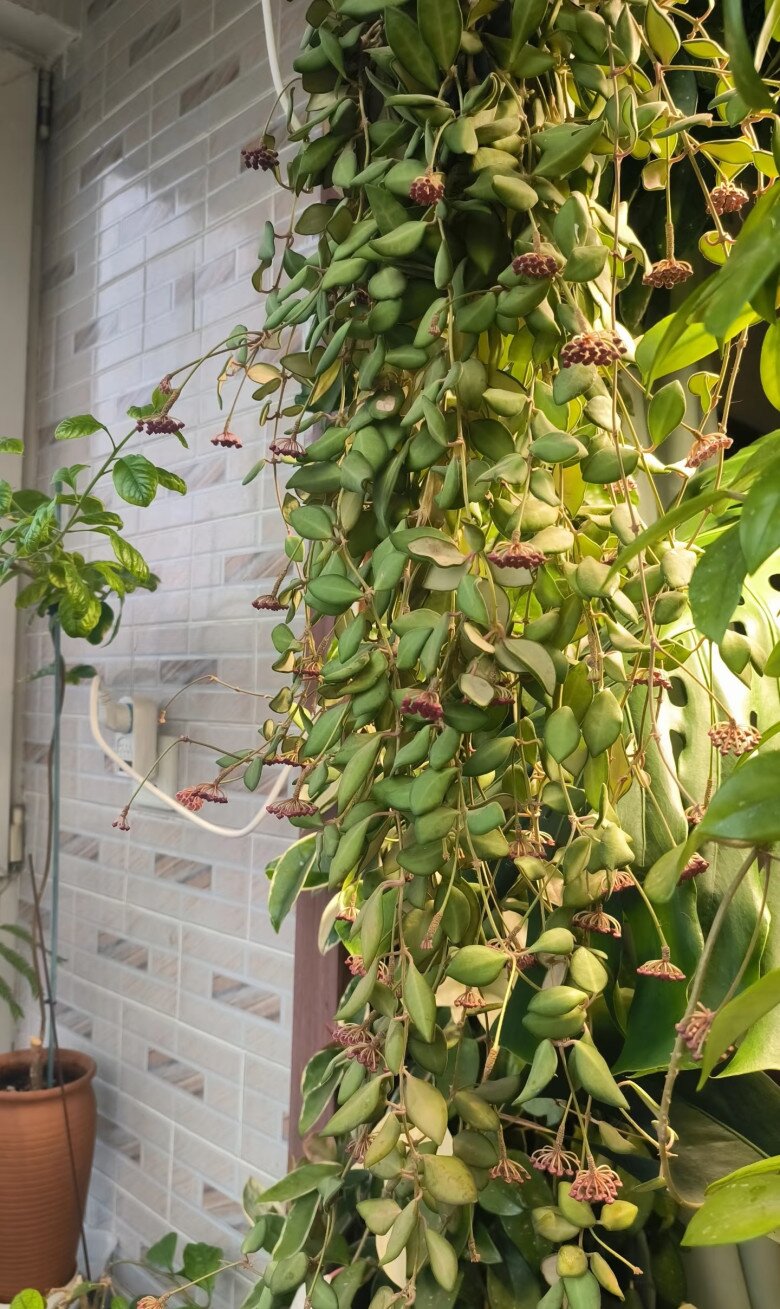
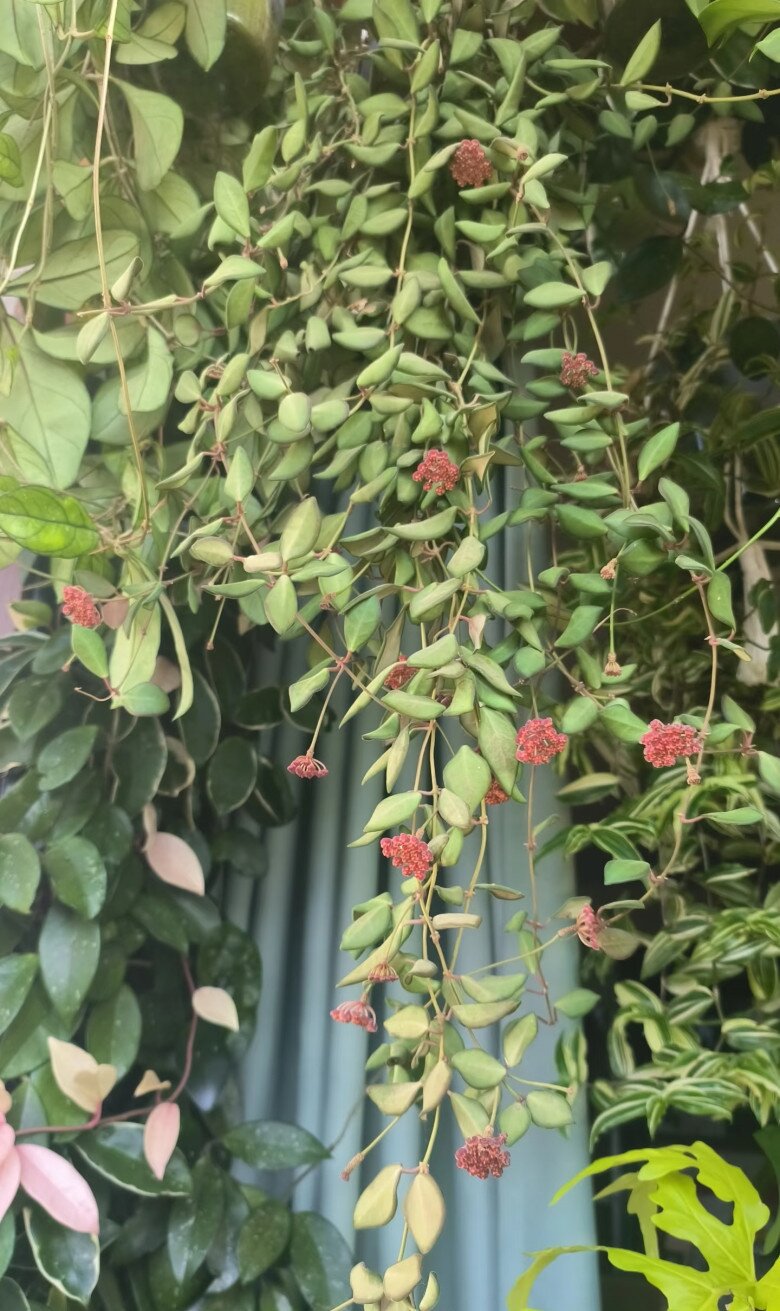
The Waxvine Tsang creates a stunning, natural cascade.
One of the standout features of this plant is its foliage, which changes color with the seasons and light conditions. In spring and summer, the leaves are a vibrant green, full of life; come autumn and winter, they transform into a stunning reddish-brown, a true embodiment of fall colors, influenced by temperature changes and sunlight exposure.
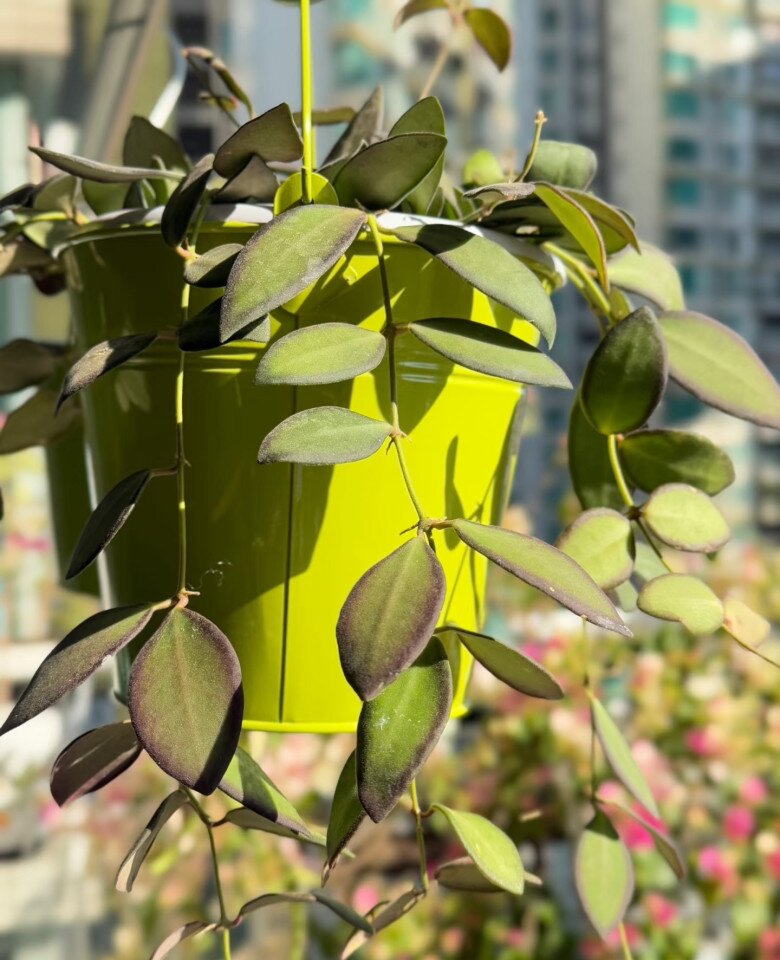
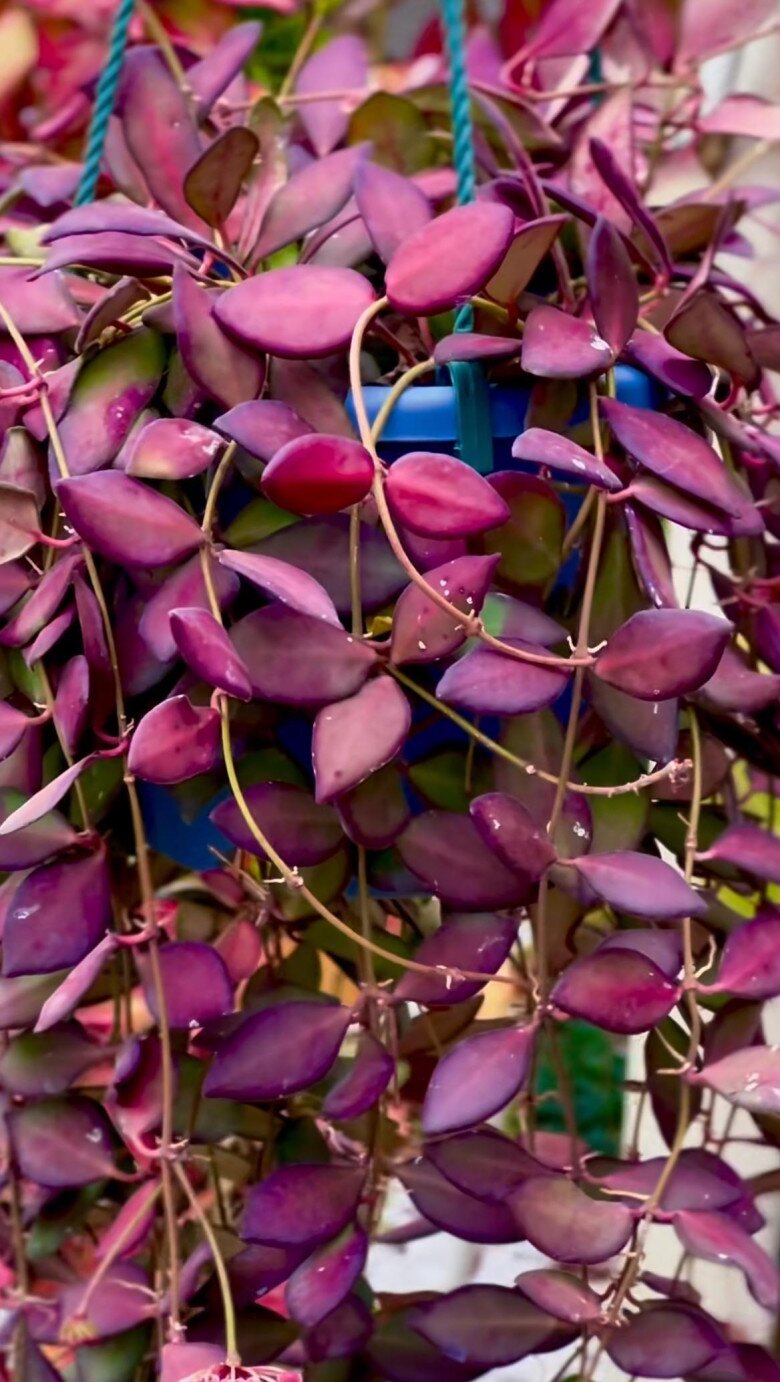
The leaves change color with temperature and sunlight exposure.
This plant offers a triple delight: attractive foliage, captivating flowers, and a delightful fragrance. The flowers grow in clusters at the leaf axils, with each inflorescence bearing dozens of tiny, bright red blooms with curled-back petals. They are not only visually appealing but also produce sweet nectar, making them a treat for the eyes and the senses.
The Waxvine Tsang is a prolific bloomer, earning the nickname “the flowering machine” among the Hoya family. Its flowering season extends from January to November (with some variation between the North and South), almost year-round, with successive waves of blooms.
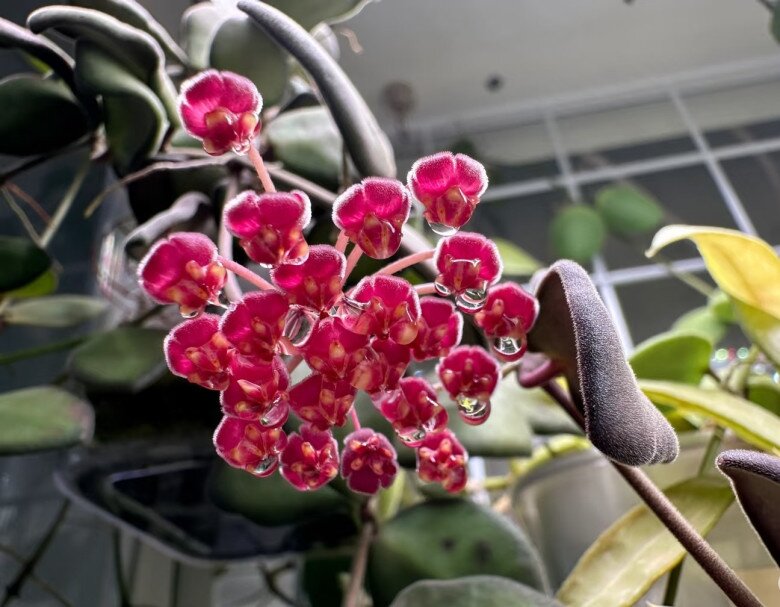
While many Hoya species are fragrant, not all have pleasant scents. The Waxvine Tsang, however, stands out with its delightful caramel-like fragrance, a sweet and subtle aroma that is noticeable up close but never overpowering, making it enjoyable even for those sensitive to strong scents.
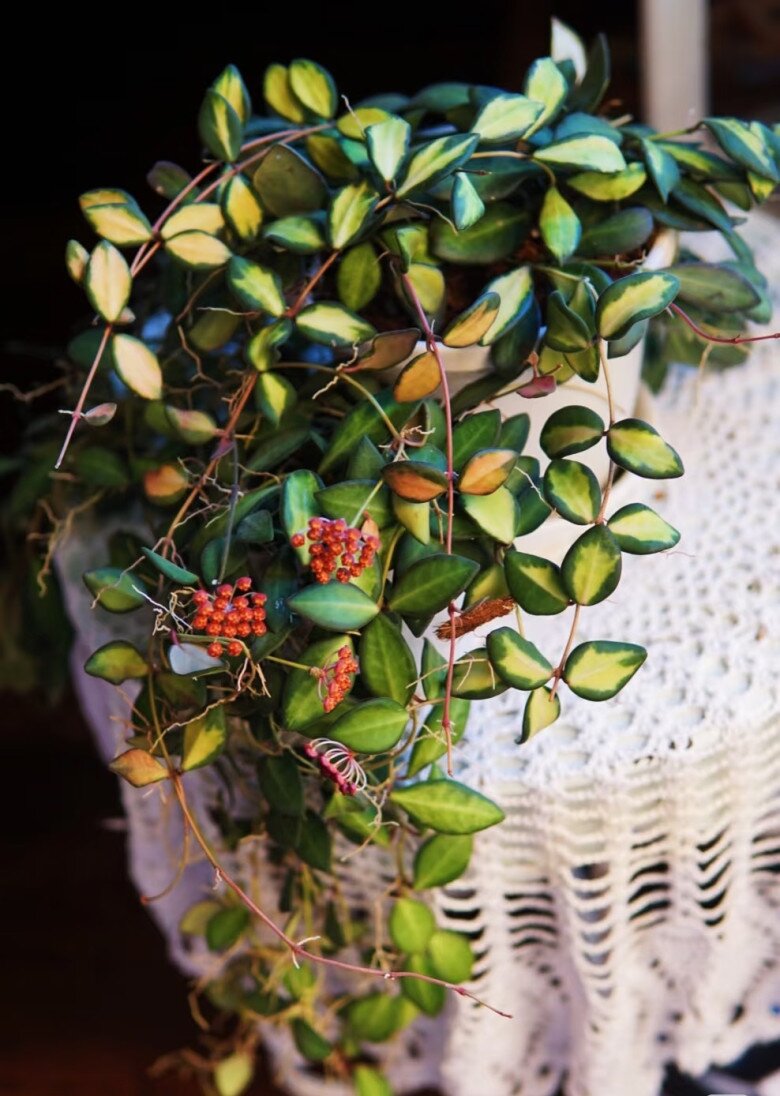
Cultivation and Care Tips for the Waxvine Tsang
This plant is typically propagated by stem cuttings. Semi-woody stems are cut and placed in water until roots develop; once the roots reach 3-4 cm in length, they can be transplanted into a pot. This method has a high success rate, and the plant can even be grown hydroponically.
Here are some key care considerations:
– Pot size: Avoid using a pot that is too large. A pot with a diameter of about 15 cm is ideal. A larger pot may cause the plant to focus more on foliage growth at the expense of flowering. A smaller pot encourages more prolific blooming.
– Soil: The roots of the Waxvine Tsang are succulent and do not require extensive root space. Use a well-drained, airy, and nutrient-rich soil mix, such as a combination of nutritious soil and granular growing media like peat moss, mixed with some water-retaining material.
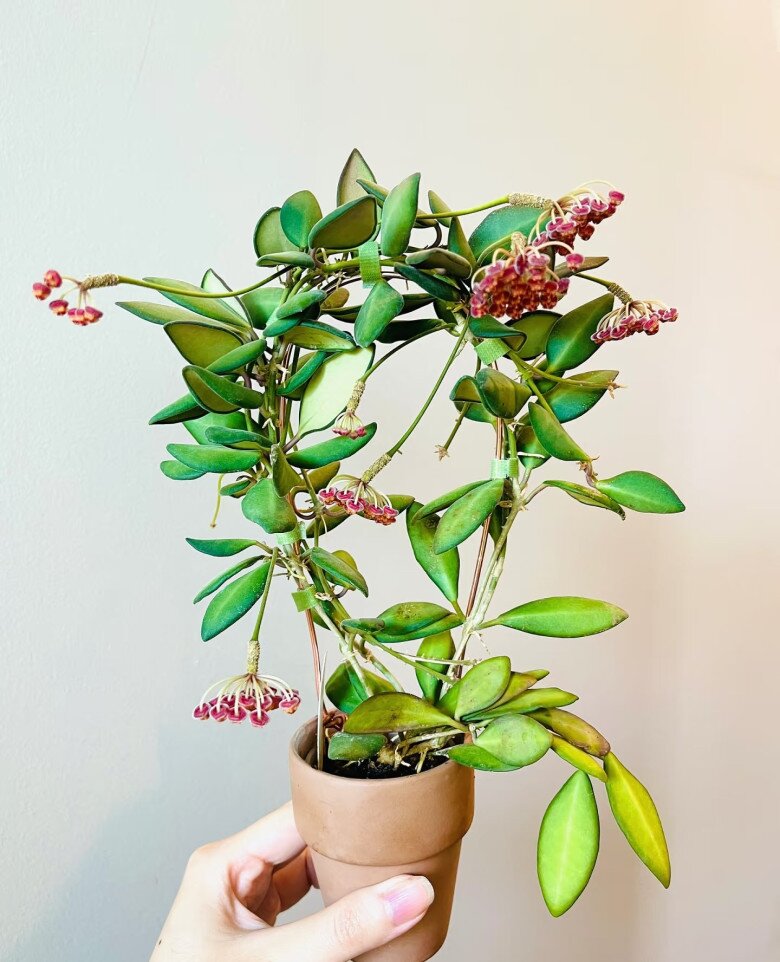
– Light: The Waxvine Tsang thrives in bright, indirect light but can tolerate partial shade. An ideal location is a south- or north-facing balcony, where it receives scattered sunlight. A few hours of gentle sunlight each day are sufficient, earning it the nickname “the light of the north-facing balcony.”
– Watering: This plant is drought tolerant and does not require frequent watering. Some owners go months without watering, and the plant remains healthy. As a rule of thumb, water when the soil feels dry, but avoid overwatering to prevent root rot.
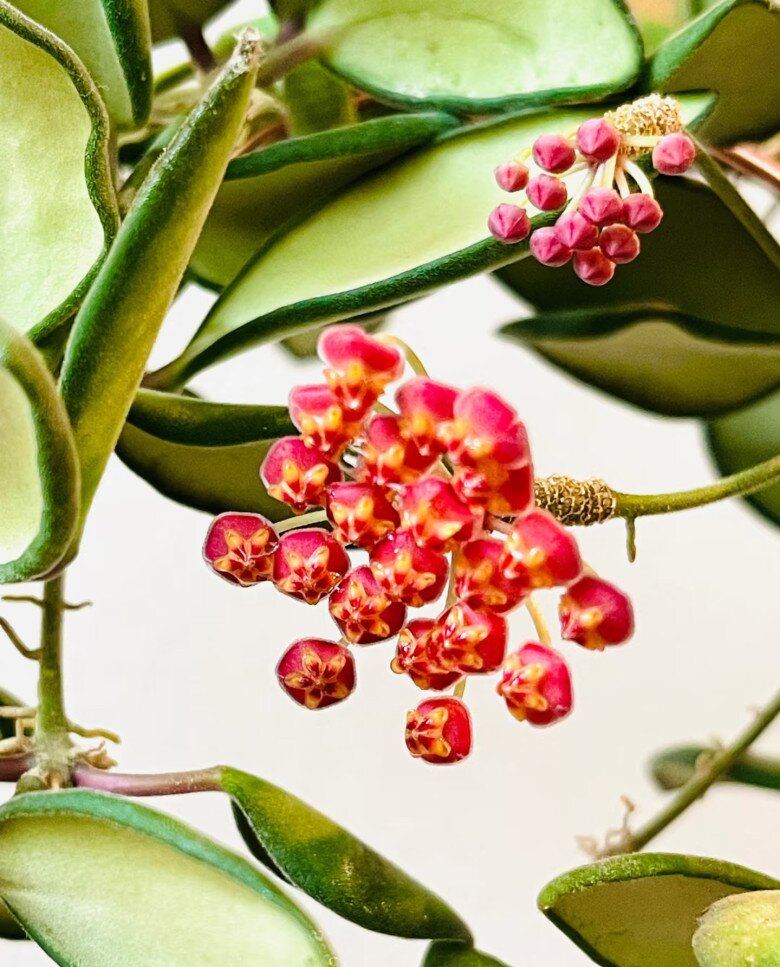
– Fertilizer: Due to its prolific flowering habit, the Waxvine Tsang benefits from regular feeding. During the growing season and before flowering, apply a liquid fertilizer rich in phosphorus and potassium, either as a root drench or foliar spray (avoiding the flowers). Dilute the fertilizer and apply it regularly to promote healthy growth and abundant blooms.
Additionally, during the summer, relocate the plant to a cool, breezy spot, sheltered from intense sunlight, to prevent leaf scorch. The Waxvine Tsang is not frost-hardy and prefers temperatures above 5°C. In northern regions, bring the plant indoors during winter, and in southern regions, provide some form of protection from the cold.
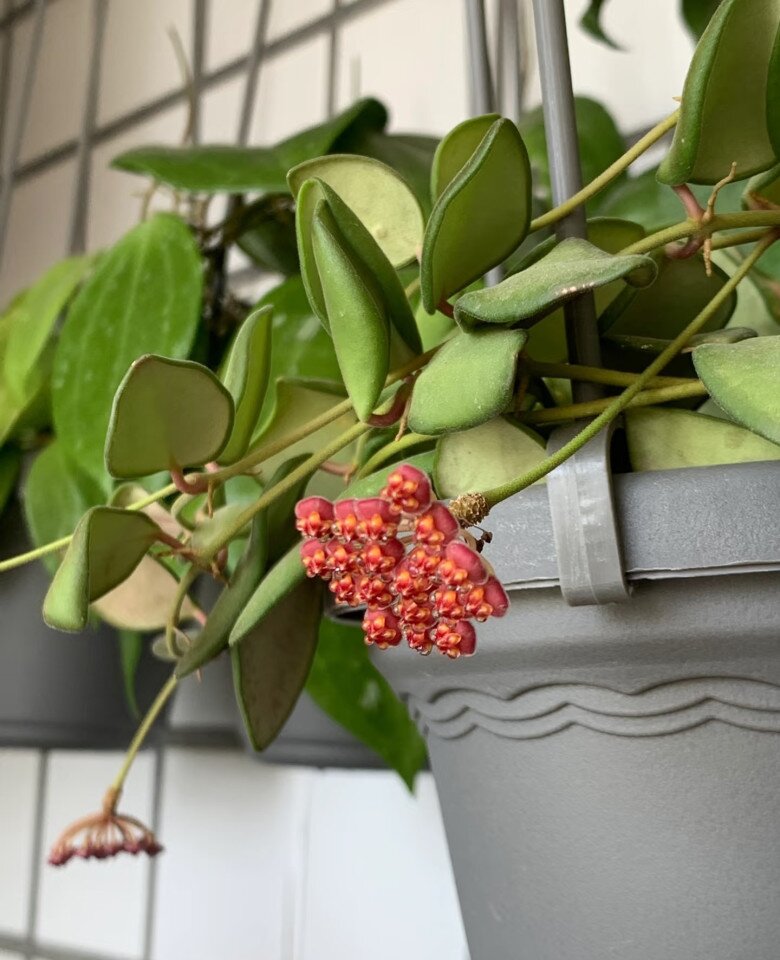
“The Money Tree Makeover: Supercharge Your Plant’s Growth with This Magical Elixir”
“Don’t underestimate the power of money tree plants; just like any other flowering plant, they too need their fair share of attention and care. Think of extra phosphorous as their growth hormone, giving them the boost they need to flourish and thrive. So, don’t skimp on the fertilizer – give your money tree the nutrients it deserves to grow tall and strong.”
The Mighty Bald Cypress: Unraveling its Significance, Beauty, and Cultivation Secrets
The Japanese Red Pine, with its delicate and proud appearance, has captured the hearts of many homeowners. This tree is not just aesthetically pleasing but also holds a deep symbolic meaning in feng shui, making it a popular choice for those seeking to bring harmony and balance to their living spaces.
The Mystical Significance of Stone Lotus in Feng Shui
If you’re unaware of the significance of the stone lotus in feng shui, get ready to dive into an enlightening exploration! Uncover the secrets and symbolism associated with this unique plant and discover how it can influence your life and surroundings. Stay tuned as we unravel the mysteries of the stone lotus in the world of feng shui!

























